READY TO GET STARTED?
REQUEST A FREE ESTIMATE
Fill out the form below or call (888) 466-7849 for a free, no-obligation estimate.
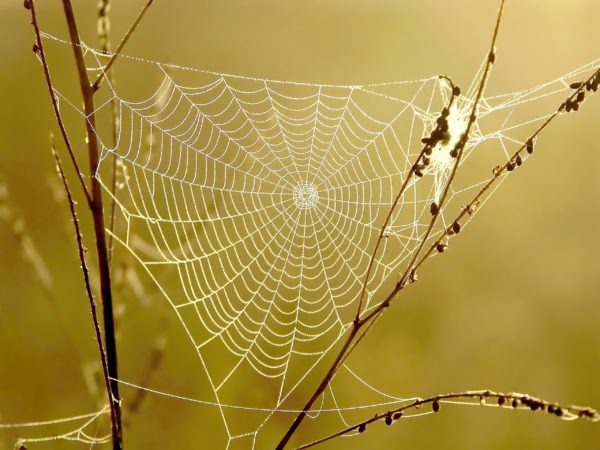
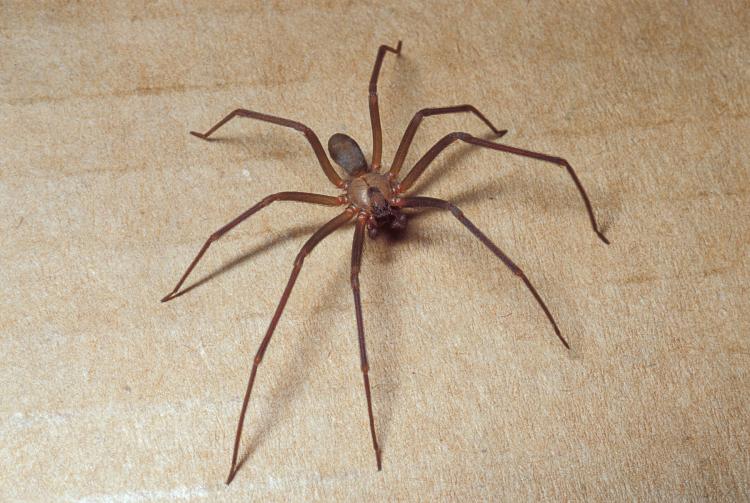
WHERE DO THEY LIVE?
WHAT DO THEY LOOK LIKE?
ARE THEY DANGEROUS?
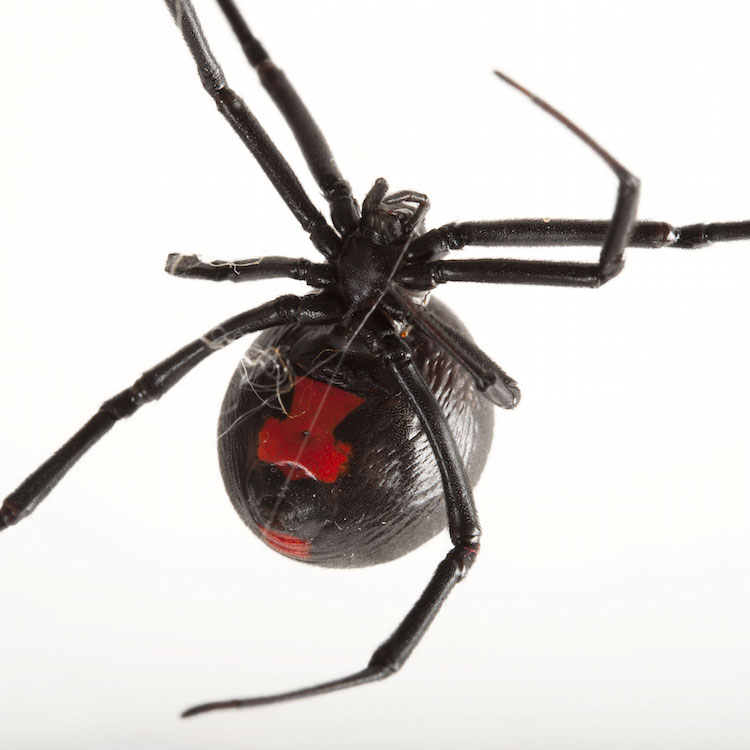
WHERE DO THEY LIVE?
WHAT DO THEY LOOK LIKE?
ARE THEY DANGEROUS?
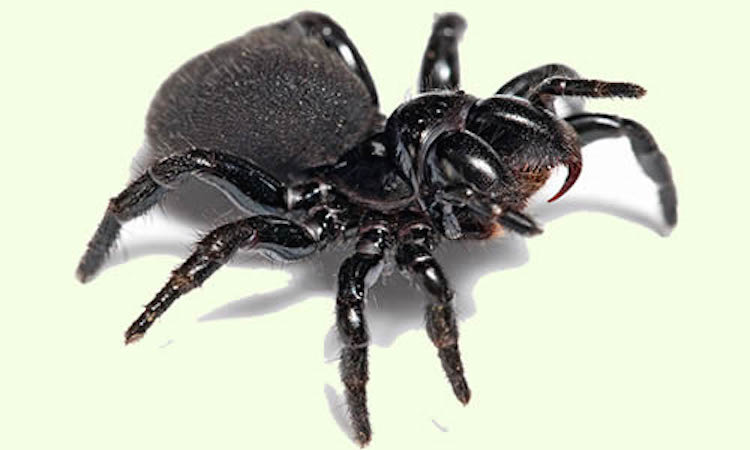
WHERE DO THEY LIVE?
WHAT DO THEY LOOK LIKE?
ARE THEY DANGEROUS?
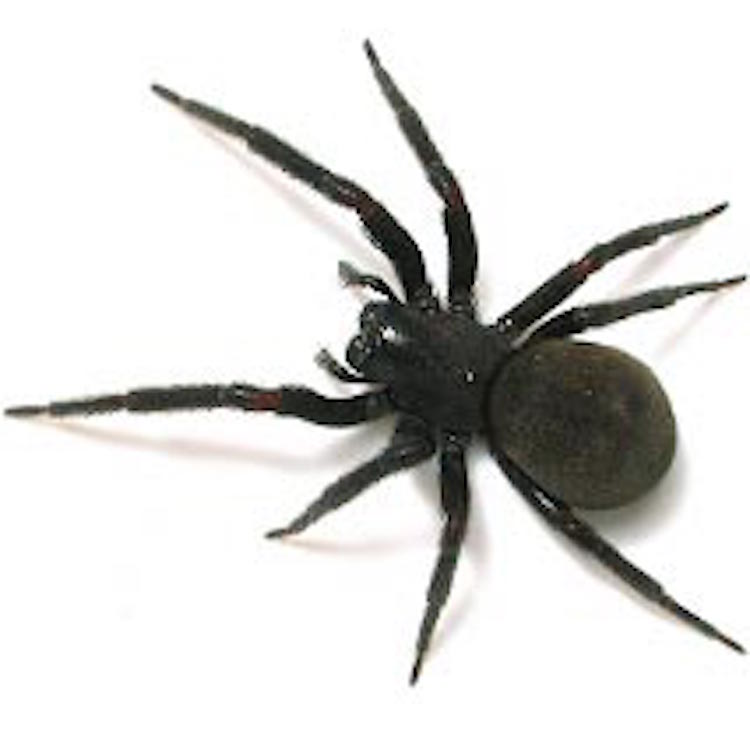
WHERE DO THEY LIVE?
WHAT DO THEY LOOK LIKE?
ARE THEY DANGEROUS?
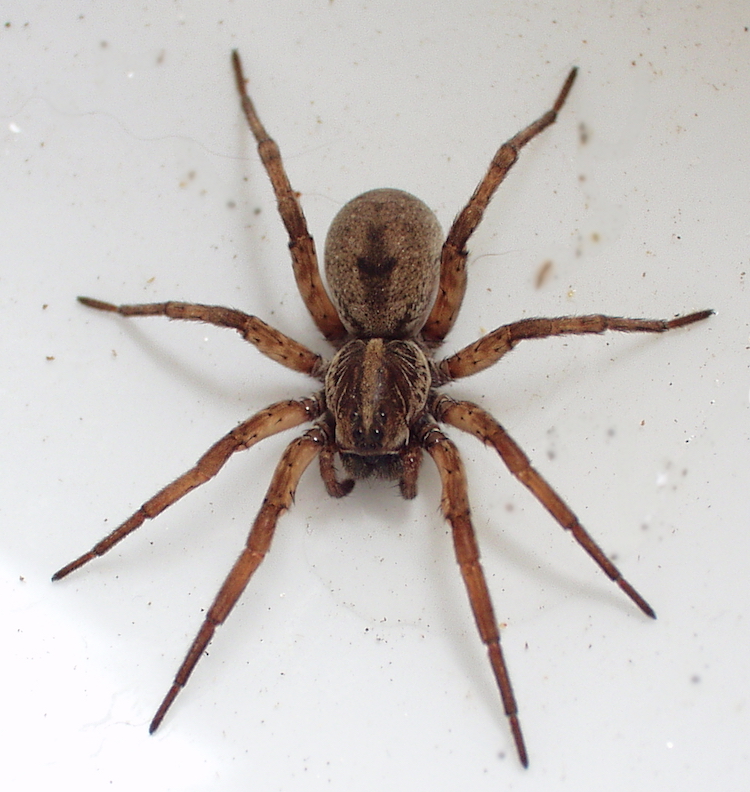
WHERE DO THEY LIVE?
WHAT DO THEY LOOK LIKE?
ARE THEY DANGEROUS?
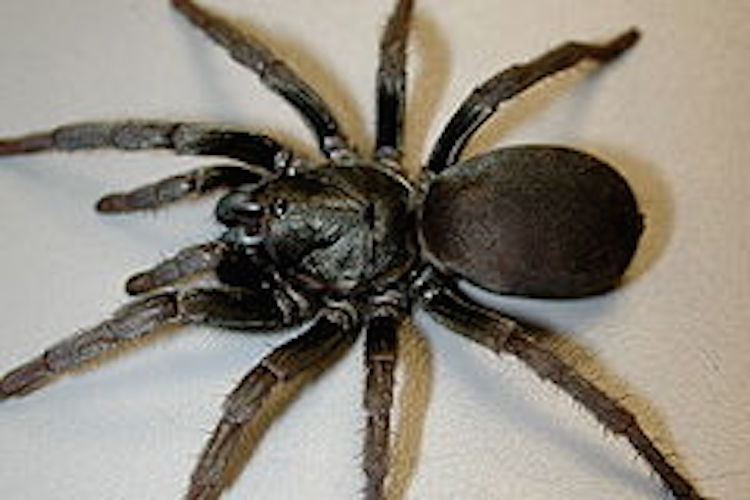
WHERE DO THEY LIVE?
WHAT DO THEY LOOK LIKE?
ARE THEY DANGEROUS?
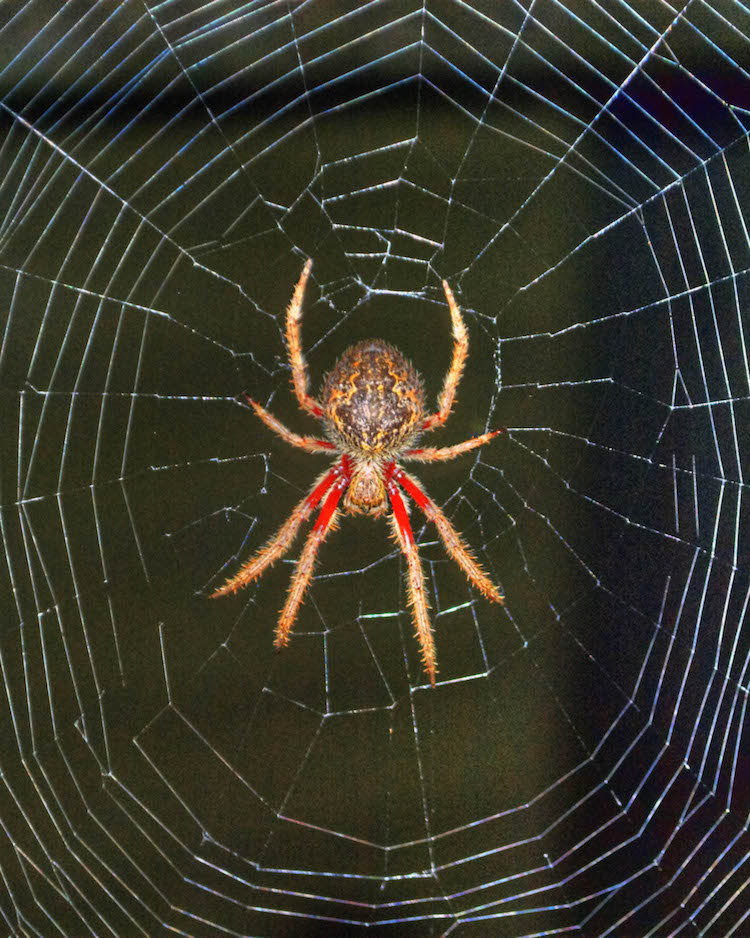
WHERE DO THEY LIVE?
WHAT DO THEY LOOK LIKE?
ARE THEY DANGEROUS?
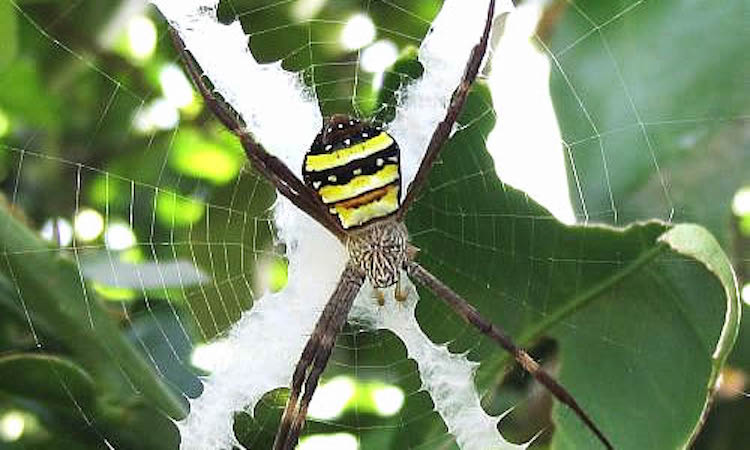
WHERE DO THEY LIVE?
WHAT DO THEY LOOK LIKE?
ARE THEY DANGEROUS?
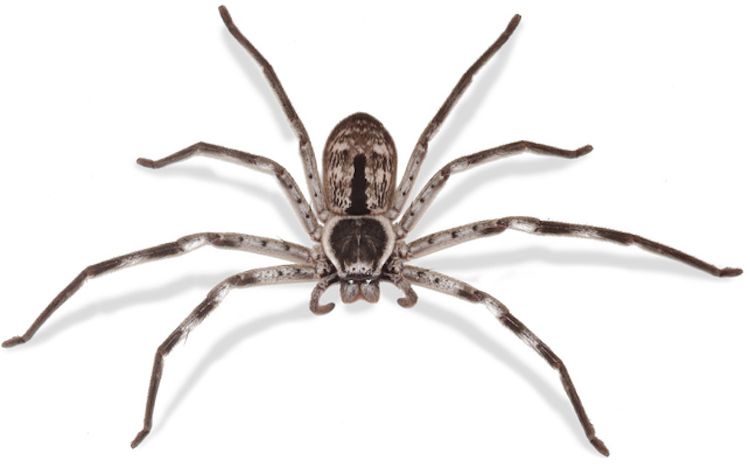
WHERE DO THEY LIVE?
WHAT DO THEY LOOK LIKE?
ARE THEY DANGEROUS?
Follow these six tips to prevent spiders from coming into and around your home:
Categories